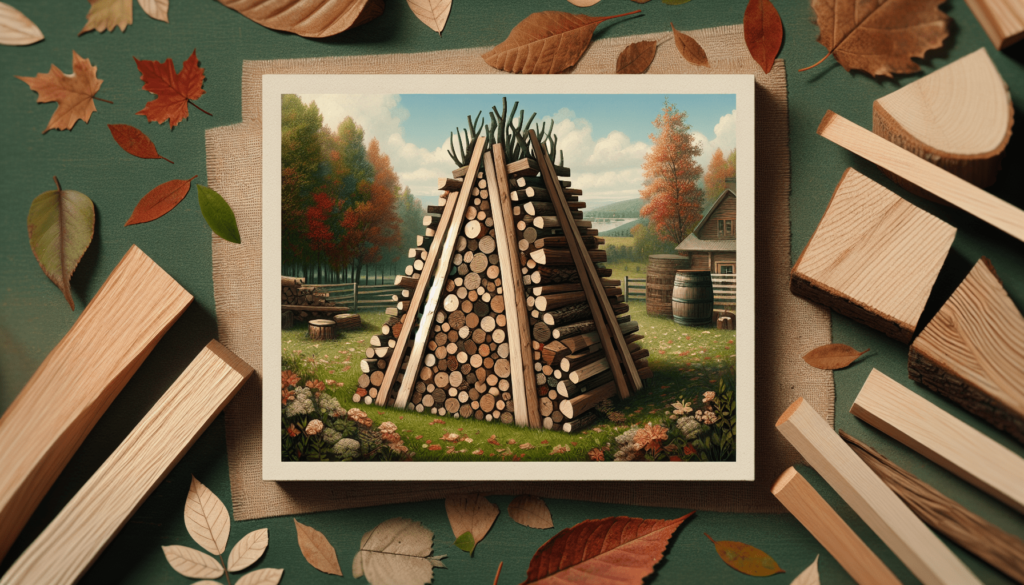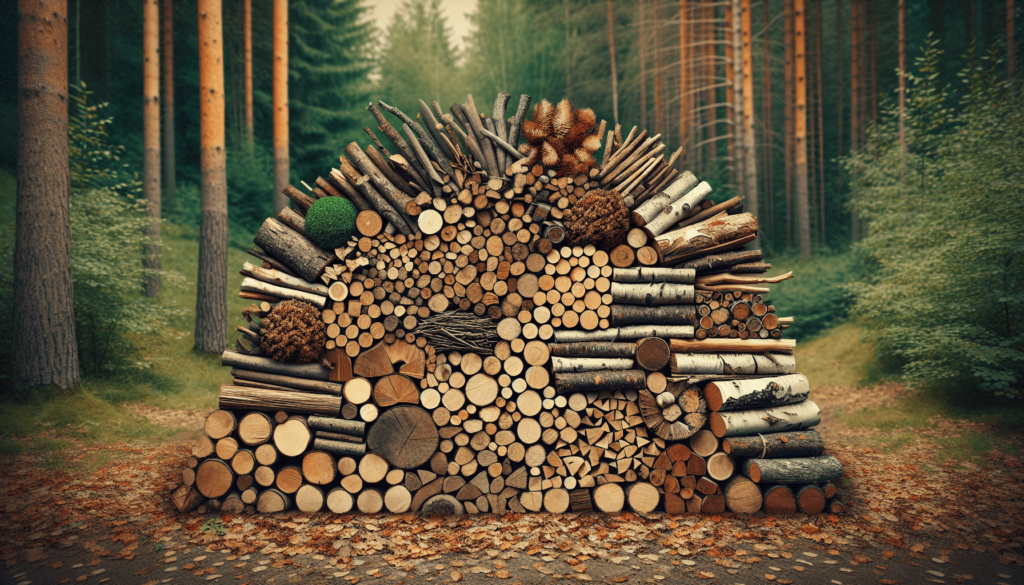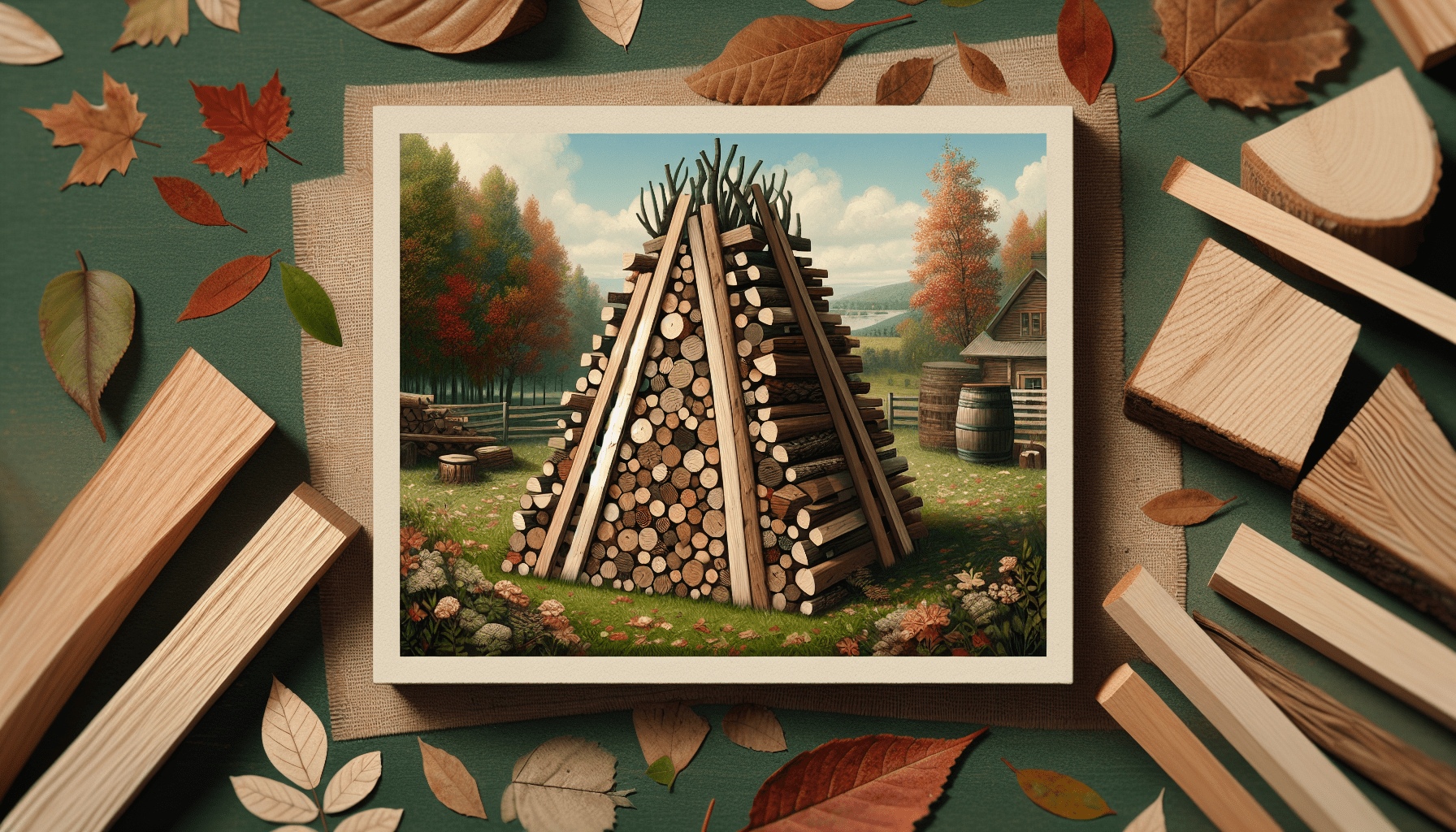When it comes to finding the best woods for burning, I’ve spent countless chilly evenings in front of the fireplace, learning what works best. Hardwoods like oak, hickory, and maple are my top picks because they burn longer and produce more heat. They also emit a delightful, crackling sound and a clean-burning experience, free from excessive smoke or soot. Softwoods, on the other hand, can make for a quicker burn but often release more creosote, which can lead to chimney build-up. So, whether I’m cozying up inside or managing an outdoor bonfire, knowing the characteristics of different woods has made all the difference in keeping warm and safe. Hey there!
Have you ever wondered, “Which woods are best for burning?” I promise you’re not alone. I’ve spent quite a few chilly nights wondering the same thing, especially when my toes were freezing and the fire seemed to be noticeably absent. Believe me, picking the right kind of wood for burning makes all the difference between a cozy evening and a frustratingly cold one.

What’s the Big Deal?
So, why does it even matter which wood you burn? Wood’s wood, right? Wrong. Different woods burn in different ways. Some burn hot and fast, while others burn slow and steady. Some even have pleasant smells, while others give off a more, let’s say, pungent aroma. Today, we’re going deep into the specifics so you can become the wood-burning connoisseur you never knew you wanted to be.
Hardwoods vs. Softwoods
What’s a Hardwood, Anyway?
Hardwoods come from deciduous trees that lose their leaves annually, like oak, maple, and birch. These woods are generally denser and burn longer, making them excellent for heating your home. Imagine sipping hot chocolate while a steady, warm fire that doesn’t need constant attention keeps you cozy. That’s the dream, isn’t it?
| Type of Hardwood | Characteristics | Best Used For |
|---|---|---|
| Oak | Dense, burns slowly | Long-lasting fires |
| Maple | Long burn time, minimal smoke | Indoor heating |
| Birch | Bright flame, quick to catch | Quick, hot fires |
And What About Softwoods?
Softwoods come from evergreen trees like pine, spruce, and fir. These trees generally grow faster, translating to less dense wood. While they ignite quickly and are great for starting fires, they burn out pretty fast. These are your one-hit wonders—fantastic in a pinch, but not what you rely on for the long haul.
| Type of Softwood | Characteristics | Best Used For |
|---|---|---|
| Pine | Ignites quickly, burns fast | Kindling |
| Spruce | Less dense, medium burn time | Quick fires |
| Fir | Moderate density, resin-rich | Campfires |
Seasoning: It’s Not Just for Food!
Why Season Wood?
If I told you that seasoning wood was just as important as seasoning your steak, you’d probably think I’d been outdoors too long. But it’s true! Green wood contains up to 50% water, which means a lot of your fire’s energy goes into evaporating that water, leading to a smoky, inefficient fire. Seasoned wood, on the other hand, has been allowed to dry out, making it far more efficient.
How to Season Your Wood
Seasoned wood has been drying for at least six months—preferably a year. Split your logs and stack them in a way that allows air to circulate freely, usually off the ground and covered on top but open on the sides. It’s like setting up a perfect little drying spa for your logs.
Top Wood Choices for Burning
Oak
Oh, oak. If wood types were high school cliques, oak would be that well-rounded kid who’s good at everything but humble about it. Oak burns slowly and produces a lot of heat, making it ideal for the long winter months. Be patient though; it takes a while to season.
Maple
Maple is another fantastic hardwood, offering a steady, medium-to-long burn. It’s relatively easy to split and not as heavy as oak, which scores high on the convenience meter. Plus, it’s got this nice, mild aroma. I’m partial to sugar maple because, hey, who doesn’t love maple syrup?
Birch
Birch is the life of the party—quick to ignite and gives off a bright, cheerful flame. It doesn’t have the staying power of oak or maple, but it’s perfect when you need that fire going now. Just keep in mind that it can be a bit smoky, so probably best for an outdoor pit rather than your cozy living room.
Pine
I’ve got a bit of a love-hate relationship with pine. It’s phenomenal for kindling because it catches fire like gossip at a family reunion. But it burns so fast and hot that it can almost be too much of a good thing. And don’t even get me started on the sap. Basically, think of pine as that friend who’s amazing in small doses but can get overwhelming pretty quickly.
Cherry
If you’re looking for a wood that smells absolutely divine while burning, cherry’s your best bet. It’s like having an aromatherapy session with the added benefit of heat. Cherry doesn’t quite have the heat output of oak or maple, but it’s fairly decent and offers a lovely burn.

The Art of Fire Building
Start Small
Fire building is like making a sandwich. Start with the basics and build your way up. Start with small kindling (think pine) to get things going. It’s much easier to look like a fire-starting genius when you’re not trying to light a log with a match.
Add in the Hardwoods
Once you’ve got a good start, move on to your hardwoods like oak or maple. These will provide the long, steady burn that you’re aiming for. Place them carefully so air can circulate, but make sure they’re close enough to catch the flames.
Keep an Eye Out
Think of maintaining a fire like a relationship: it needs attention, but not too much. The last thing you want to do is leave it alone completely or smother it with too much wood. Check in on it periodically, adjust as needed, and add more wood before the flames die down too much.
Safety First!
Ventilation is Key
The crackling fire sounds enchanting until you realize you’re quietly smoking yourself out of house and home. Always ensure your fireplace or wood stove is properly vented. If you’re outdoors, build your fire away from overhanging branches and anything else that’s likely to catch fire.
Tools of the Trade
Invest in a good fire poker, some fire-resistant gloves, and maybe even a spark screen if you’re indoors. It’s all fun and games until the sparks start hopping onto your favorite rug or, heaven forbid, your pet.
Don’t Forget the Ash
Build up too much ash, and you’re suffocating your fire. Keep it clean but leave a thin layer; it acts as insulation and helps retain heat. Once the season’s over, give it a good clean so you’re all set for next year.
The Sustainable Angle
Choose Locally
It might be tempting to buy exotic types of firewood, but local wood is generally your best bet. Not only is it likely to be cheaper, but it also reduces the environmental impact. Plus, who doesn’t love supporting local businesses?
Avoid Treated Wood
Burning treated wood releases chemicals into the air that are best kept out of your lungs. Stick to natural, untreated wood to keep your air and environment cleaner.
Troubleshooting
Smoke Issues
If you’ve ever been seated around a campfire and found the smoke follows you no matter where you move, you get why minimizing smoke matters. Too much smoke often means your wood’s not dry enough or your fire isn’t hot enough. Adjust your wood and airflow accordingly.
Fire Keeps Dying?
Frustrating, I know. The issue often comes down to poor airflow, subpar wood, or simply not having enough kindling. Experiment and see what works best for your setup.
Final Thoughts
So there you have it. The type of wood you burn can drastically affect your fire experience, from heat output and longevity to even how your house smells. Experiment with different types and combinations to find what works best for you. At the end of the day, a little bit of knowledge goes a long way in making your fires warmer, more efficient, and infinitely more enjoyable.
Now that you’re armed with all this information, go ahead—make that perfect fire and enjoy those toasty toes. Happy burning!

